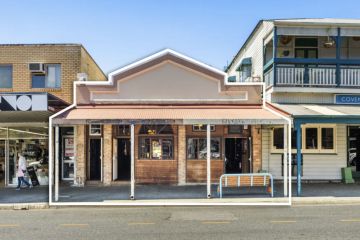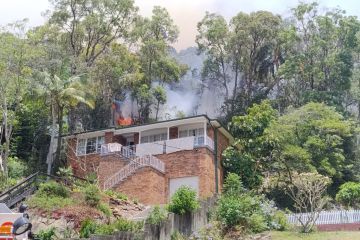Dealing with storm damage in Sydney, Melbourne or Brisbane?
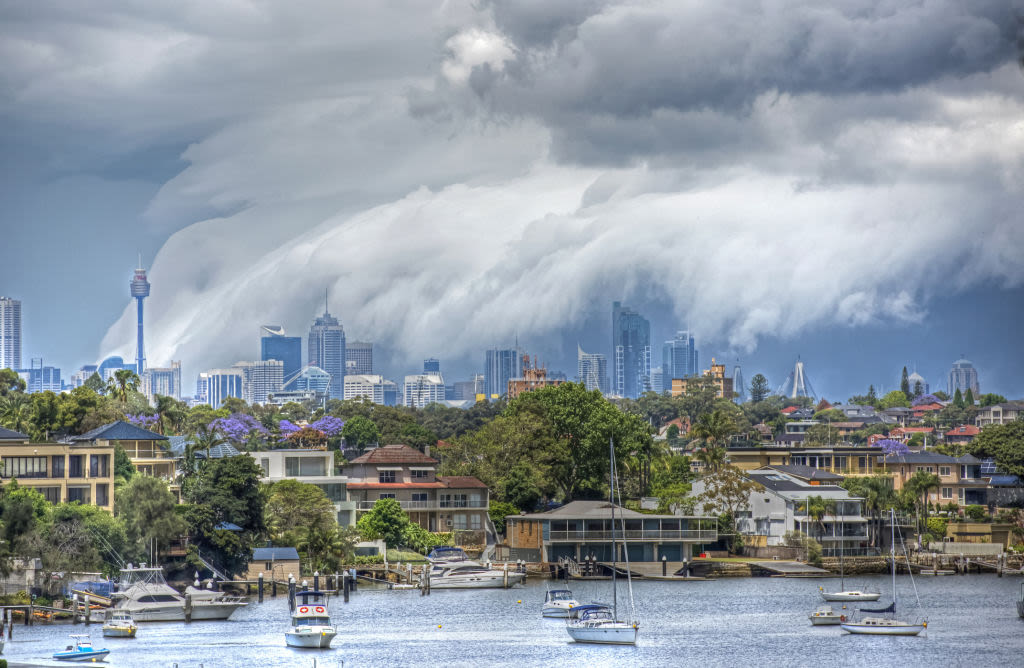
With storms sweeping Australia’s east coast recently, tens of thousands of people are dealing with power outages and damage to their property.
If you’ve been affected by storms and want to know how to protect your property in the future, or you’re considering home and contents insurance for the first time in the face of extreme weather events, here’s what to keep in mind.
The value of preventative home maintenance
Monique Logan, General Manager at Logan Insurance Brokers, says that home owners are constantly advised to mitigate the risk of being affected by weather events by attending to basic maintenance.
“Home owners need to take a hyper-critical look at their homes and consider how they would protect their property if they did not have insurance,” says Logan.
“By now, I expect most home owners have heard this advice dozens of times, but we continue to see examples of debris in gutters.”
Debris in gutters, branches, and trees surrounding a property can worsen storm damage. A build-up of materials can act as fuel around the home.
How to reduce the risk of your property being affected by a storm
Tina O’Connor, a property agent at Ray White Annandale with 15 years of industry experience, says there are easy ways to maintain and flood-proof homes:
- Ensure no leaves or debris build up in a home’s gutter or downpipe – these should be checked regularly, and
- Remove obstructions on balconies, which can cause water to run into your or neighbouring premises.
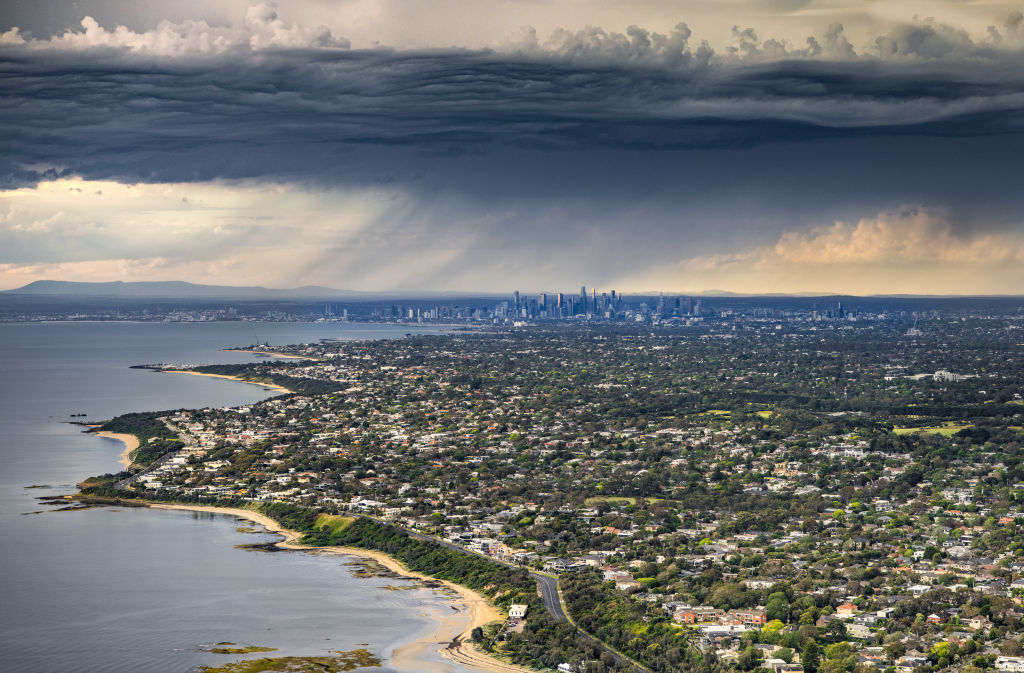
Upgrades to mitigate flood and storm damage to a property
- Home owners can also consider making upgrades, O’Connor says, including installing flood vents to allow the flow of water through the structure rather than having water build up around it,
- Install sump pumps in basements or crawl spaces away from water;
- Slope landscaping away from the property to avoid flooding;
- Use permeable paving, which allows water to soak into the ground without building up outdoors.
Will extreme weather events like the LA wildfires affect insurance premiums in Australia?
The Los Angeles wildfires have decimated tens of thousands of homes, with many US insurers pulling their fire coverage.
Logan says that events overseas can significantly impact insurance pricing in Australia, but the knock-on effects of the California wildfires are still unfolding.
“In relation to the LA wildfires, currently we are having trouble getting fire coverage for properties close to, or around national parks and bushland,” says Logan.
“Insurers have been re-evaluating their loss ratios with a fine-toothed comb on policies, postcodes and coverage.”
According to Logan, some insurers won’t cover high-value homes in and around the Sydney suburbs of Terrey Hills and Berowra Heights. Others won’t cover Byron Bay and Noosa.
Australia has seen its fair share of weather damage, with the 2009 Black Saturday bushfires causing widespread loss of life and property, as well as the Lismore flood disaster of 2022 – the worst in the area’s recorded history.
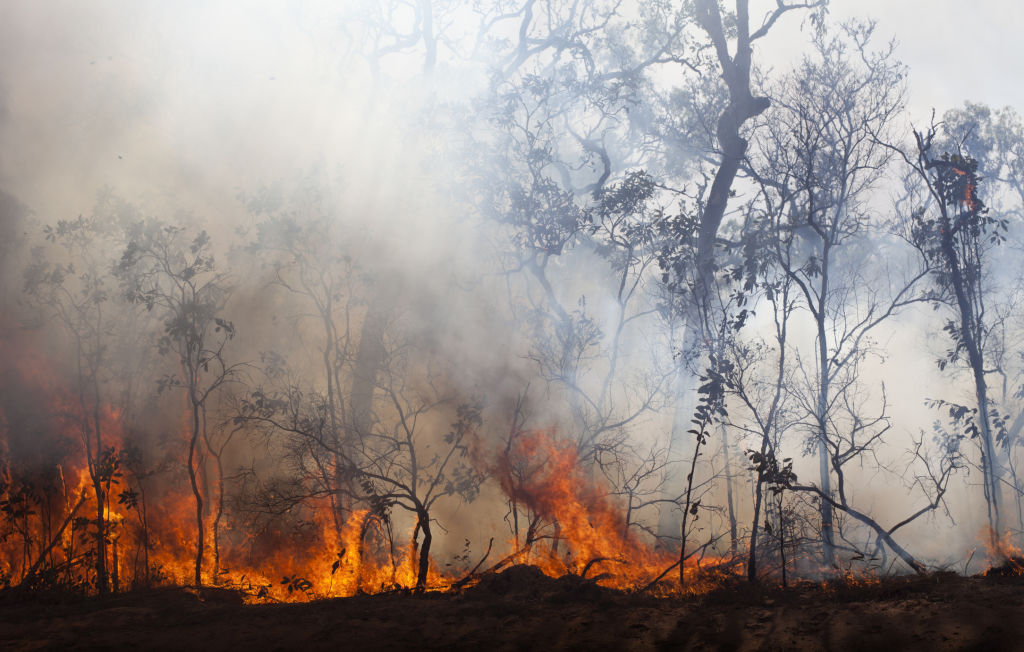
Fire risk prevention tips for home owners
Ask yourself this: what if a fire started – how would you put it out?
Logan says there are a few actionable things home owners can do to limit fire risk in the home:
- Purchasing a fire blanket and/or domestic fire extinguisher for storage in your kitchen,
- Testing your domestic fire extinguisher if it hasn’t been tested in a while,
- Trimming tree branches and other debris that could act as fuel around the property,
- Ensuring smoke detectors are active.
These additions are considered favourably in the eyes of insurers. You’ll often find these measures are requirements for some policies.
Questions for buyers and renters to ask to avoid water damage and risk
O’Connor says it’s essential that house hunters in flood-prone areas ask the following questions during the property search:
- Has the property ever been affected by flooding?
- Is the property located in a flood zone?
- What flood protection measures are in place?
- What is the history of flood insurance claims?
- What type of foundation and drainage systems are in place?
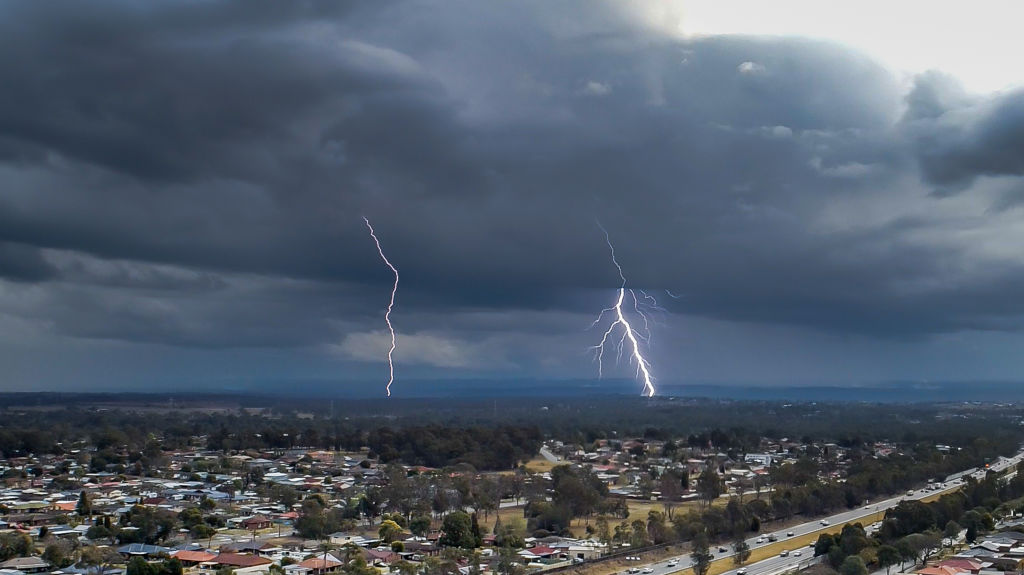
In terms of what we can expect from insurers, Logan says: “we are expecting to see a rise in premiums this year, especially on the east coast of Australia.”
While we can’t control extreme weather events, taking proactive steps to reduce the risk of fire, flood and storm damage in your home can provide peace of mind.
We recommend
States
Capital Cities
Capital Cities - Rentals
Popular Areas
Allhomes
More
- © 2025, CoStar Group Inc.

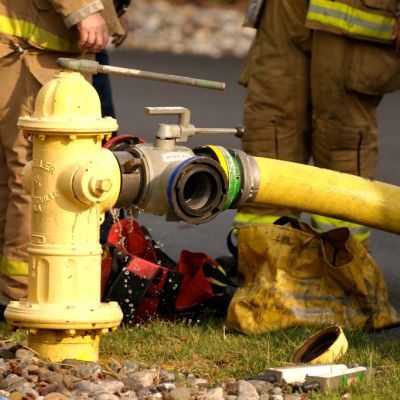
/http%3A%2F%2Fprod.static9.net.au%2Ffs%2F3db915b4-b3bb-400a-84e7-ec1427628200)



